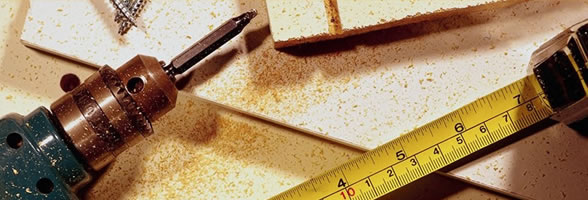
AXLE SPACING
03.12.2009 14:58
AXLE SPACING Axle spacers are an important requirement in car set up. It is important to set up the rear axle on your car properly so that you get optimum handling whilst complying with the BSCRA regulations. It is also important for the gears to mesh properly and spacers can help to achieve this. BSCRA Regulations In 1/32 Production, Saloon and Sports classes the width across the outside edges of the rear wheels (the rear track) must not exceed 64 mm. In 1/32 F1 the allowed width is 68 mm. In 1/24 classes this width must not exceed 83 mm. You should aim to acheive a rear track width very close (at least to within 0.2 - 0.3 mm) of the legal maximum otherwise you are losing out. Handling Requirements As well as being as having a rear track as wide as allowed, ideally, on most tracks, the rear tyres should be equally spaced from the centreline of the chassis for the car to handle properly. If it is not set up this way the car will be unbalanced. Gear Mesh Often it is necessary to set the spur gear away from the axle bearing to enable a smooth mesh with the pinion to be acheived. It is a good idea to put (at least) a very thin spacer between the spur gear and the bearing when setting up – this acts as a thrust washer so reducing friction between the gear and bearing face and it allows for minor gear mesh adjustment later if necessary. Later addition or removal of axle spacers can take up or provide slack in the mesh by moving the gear teeth closer to or further from the pinion. For a given gear mesh setup these spacers will always be required. Axle Spacers Axle spacers come in various widths e.g. Betta brass spacers come in 0.007" (0.18 mm), 0.015" (0.38 mm), 0.063" (1.6 mm) and 0.094" (2.4 mm) and are used to pack out the rear axle to achieve the desired overall width. Other widths and materials are available and you can custom make your own from 3/32" ID brass or aluminium tube. Considering all of the components which determine the rear width: - Axle spacers In any car the dimensions of these components will be different so when something, such as a spur gear or wheels, is changed the chances are the axle spacers will need to be changed as well. Rear Axle Setup By following these steps you should be able to set up the rear axle on your cars to get the most from the allowable rear track dimension whilst staying within the regulations. Overall width = 60.8 mm (with 15.9 mm wide hubs) Hub to centreline (gear side) = 15 mm Hub to centreline (non gear side) = 14 mm This means a total of 3.2 mm spacers are needed to make up the difference between 64mm and 60.8 mm. The gear side hub is 1 mm closer to the centre than the other so a 1 mm spacer is needed on the non gear side to balance things up. Consider this to be a fixed spacer which will always be needed with this particular combination of bearings, spur gear etc. This leaves 2.2 mm spacers to be shared between the two sides (1.1 mm each side). Consider these to be adjustable spacers which may need to be changed when wheels are changed – wheels can vary quite a bit in width, especially when they have been responged a few times. This particular axle could be setup as shown below; the 0.015" spacers on each side can be adjusted for different wheels if necessary. In this example the overall width would be 63.8 mm, 0.2 mm inside the regulations. This principle applies to all cars, only the dimensions and required spacers will change. If you cannot achieve the exact width, always err on the side of caution and make the width slightly less than the regulations allow. Stuart Strachan Copyright © 2001 British Slot Car Racing Association All rights reserved No liability is accepted for this information or any use to which it may be put



—————
